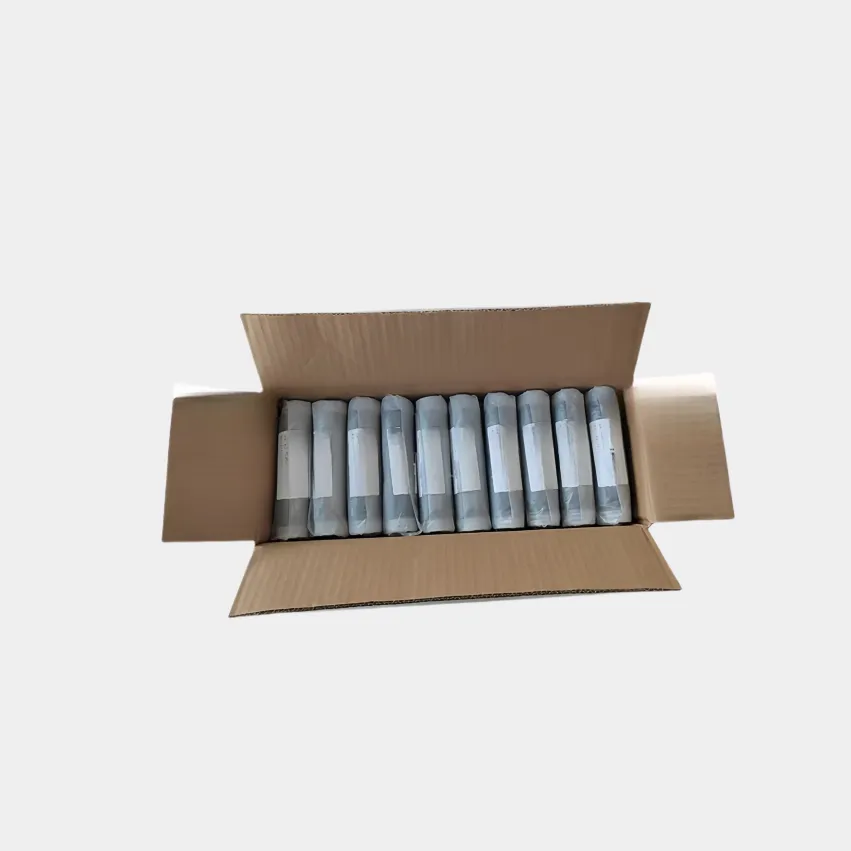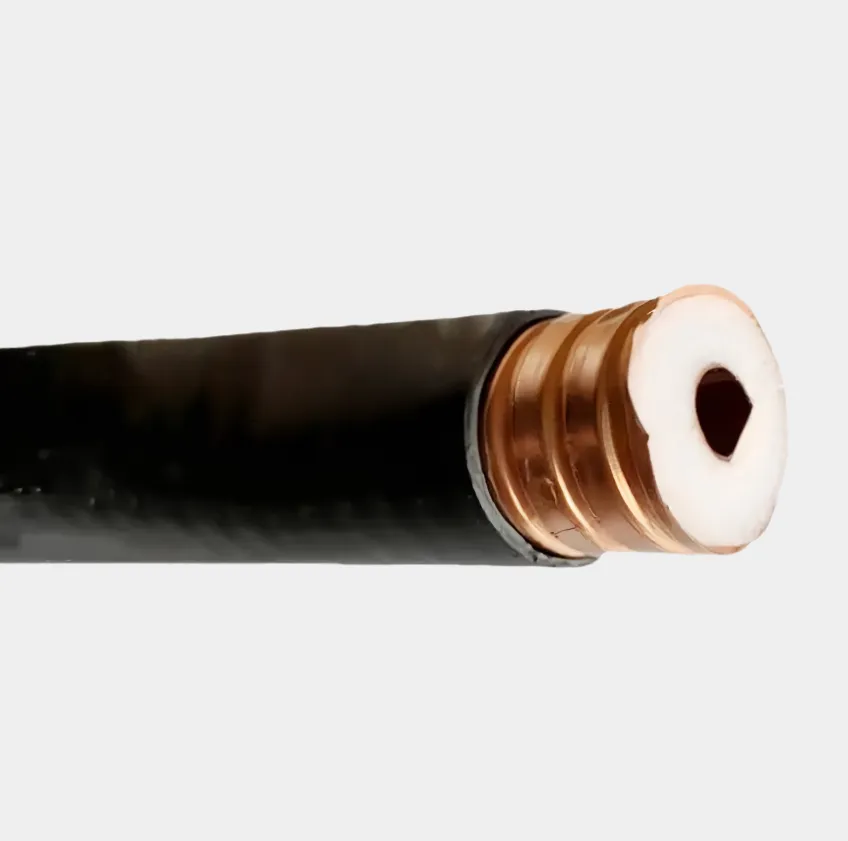A coaxial cable length calculator is a critical tool for designing communication systems, ensuring that signal loss (attenuation) remains within acceptable limits for reliable transmission. Attenuation, measured in decibels per meter (dB/m), increases with cable length and frequency, meaning longer cables or higher frequencies (e.g., 5G’s mmWave) require more precise length calculations. The calculator uses inputs such as cable type (e.g., 1/2 inch vs. 7/8 inch), operating frequency, and environmental temperature (since attenuation rises with heat) to estimate total loss. For example, a 7/8 inch coaxial cable like Hebei Mailing’s KC97 might have 0.3 dB/m attenuation at 3 GHz, so a 100 meter run would result in 30 dB loss—manageable for most 5G base stations, but a 200 meter run (60 dB loss) could exceed receiver sensitivity, requiring signal boosters. Key formulas involve multiplying length by frequency specific attenuation coefficients, which vary by cable design: foam dielectric cables, common in high frequency applications, have lower attenuation than solid dielectric ones. The calculator also accounts for connector loss (typically 0.5 1 dB per connector) and splices, which add cumulative loss. Beyond technical specs, practical constraints matter—excess length leads to unnecessary loss and cost, while insufficient length requires splices that degrade performance. For installers, the tool helps balance coverage needs with signal integrity: in a 5G network, connecting a base station to an antenna 150 meters away might require a 3/4 inch cable over a 1/2 inch to stay within loss budgets. Many manufacturers, including Hebei Mailing, provide online calculators tailored to their cable models, integrating real world testing data for accuracy.


